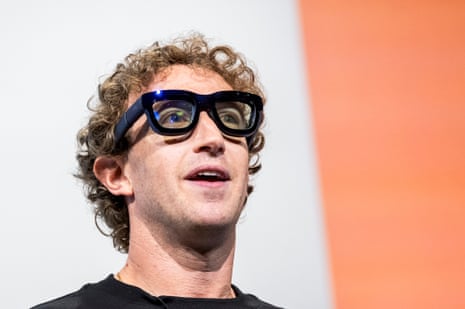Are you one of the many reconsidering their relationship with Meta’s Instagram? If you’re looking for another outlet to share your photos, Pixelfed, an open source photo-sharing alternative without ads or tracking, has officially launched mobile apps for Android and iPhone.
These apps, which allow you to upload photos and videos directly from your phone, arrive just a few days after Meta blocked users from sharing links to the service (prompting a few days of unprecidented levels of traffic in backlash).
Pixelfed, like Mastodon, is part of the Fediverse, meaning people on Mastodon can follow accounts on Pixelfed, and vice-versa. It also means that signing up can be a little confusing to Fediverse neophytes: When getting set up, you will need to choose a server in order to share photos and follow other users. The biggest server, pixelfed.social, is currently lagging due to a large influx of new users, so it’s worth considering the other options presented in the app itself (or browse this directory).
Remember when Instagram was fun?
Decentralization is interesting and laudable, sure, but the thing I like best about Pixelfed is that it feels like a return to Instagram’s glory days. As you might recall, Instagram used to be a photo sharing service. Yes, you technically can still share photos on Instagram, but it’s been a long time since that was the primary focus of the application. Your timeline, once filled with photos from people you follow, is these days dominated by ads and “recommended” videos from celebrities and strangers.
Despite some recent changes to give you back a little more control, Insta is also ruled by the algorithm, which means that when you post a photo, there’s less of a chance that your friends will actually see it. Because of this, the people you care about are probably posting fewer photos than they used to, which in turn frees up the algorithm to put more random videos in your timeline. It’s enough to make you wonder why anyone still uses the service—it’s certainly not for the reasons they signed up for it.
The Pixelfed mobile app, in contrast to Instagram’s current incarnation, is simple. You can scroll through the photos posted by people you’ve chosen to follow. You can see the most popular photos on your server, or the entire Fediverse. Or you can upload photos. These new applications technically aren’t the first Pixelfed apps—there were plenty of third party applications that could access it, and those still exist. But now there’s also an official app, and it works pretty well.
Credit: Justin PotAnother thing that’s missing from Pixelfed: ads and any kind of tracking. The developer team promises those “features” are never coming. In a Mastodon post, developer Daniel Supernault said “Pixelfed is a lot of things, but one thing it is not, is an opportunity for VC or others to ruin the vibe,” adding that he turned down VC funding and plans to never add ads. “Pixelfed is for the people, period.”
I’m not the kind of tech journalist who likes to make predictions about which applications will “win.” I will say, though, that the internet would be a better place if that mentality were more common.






